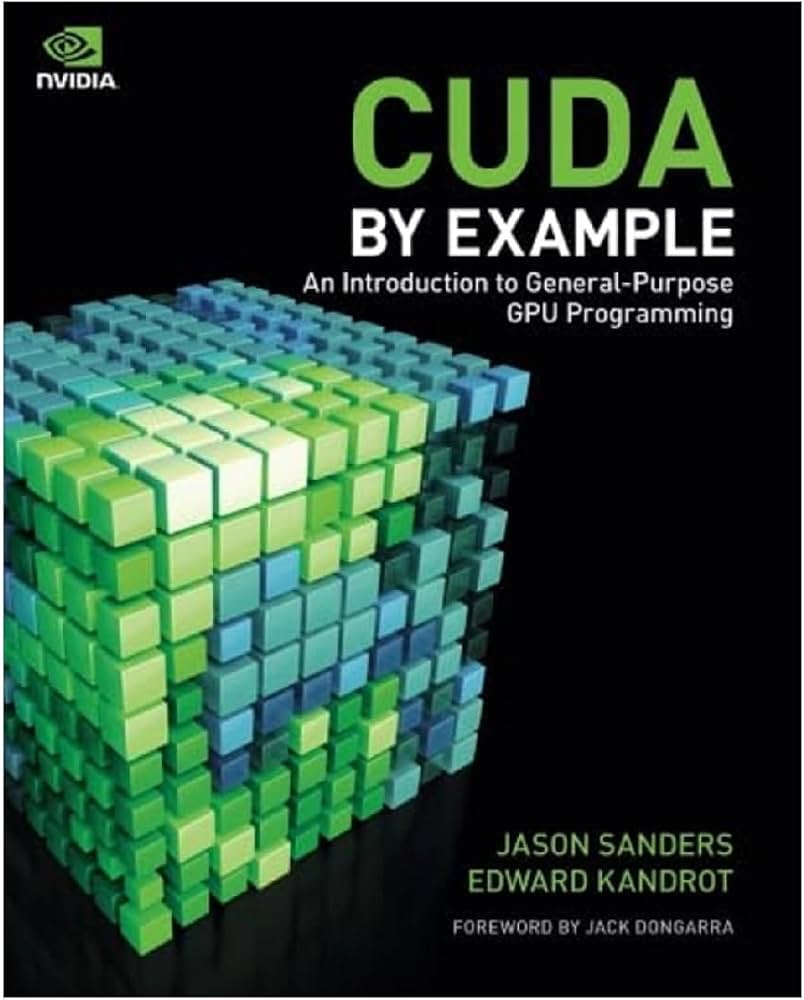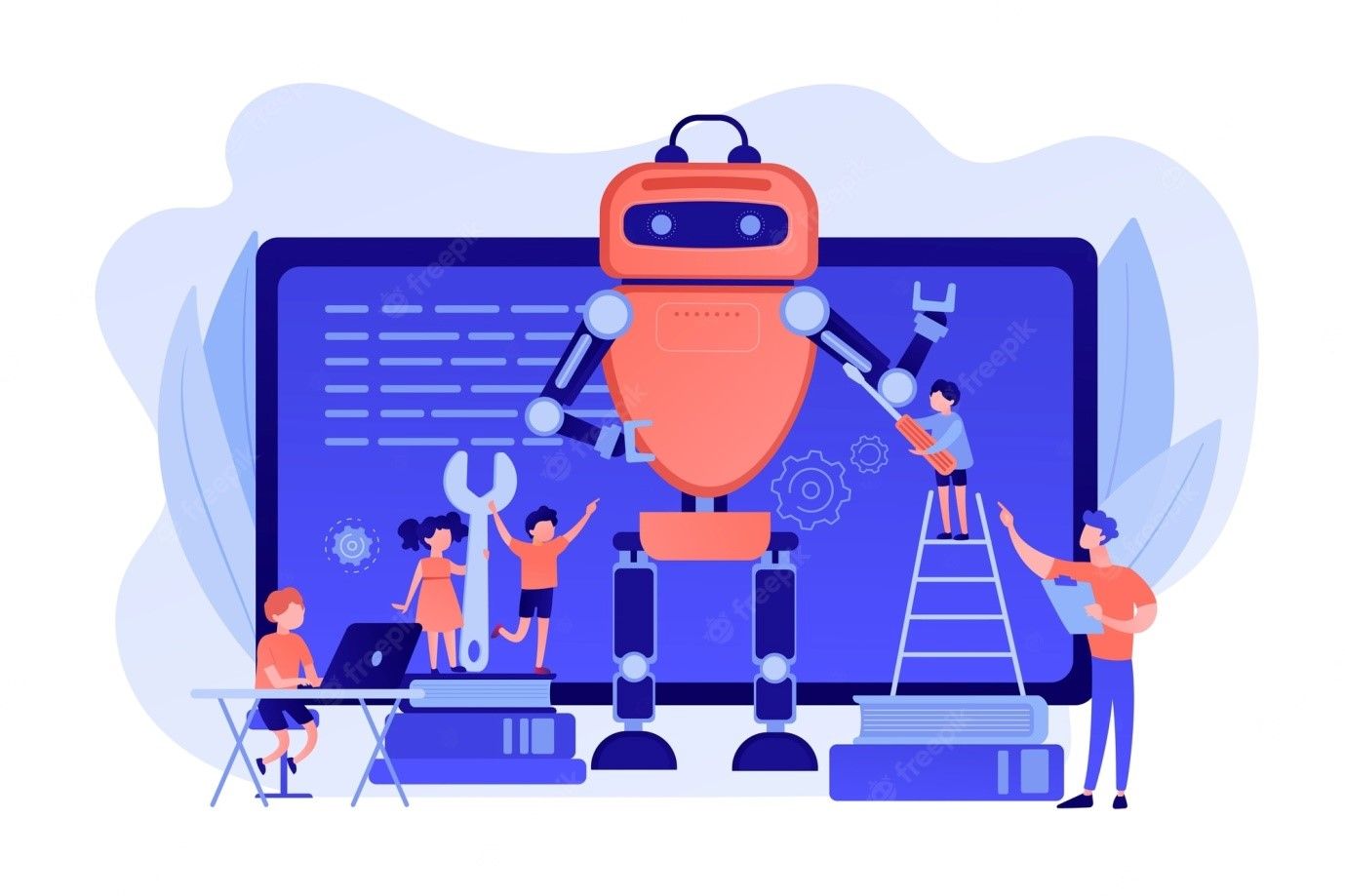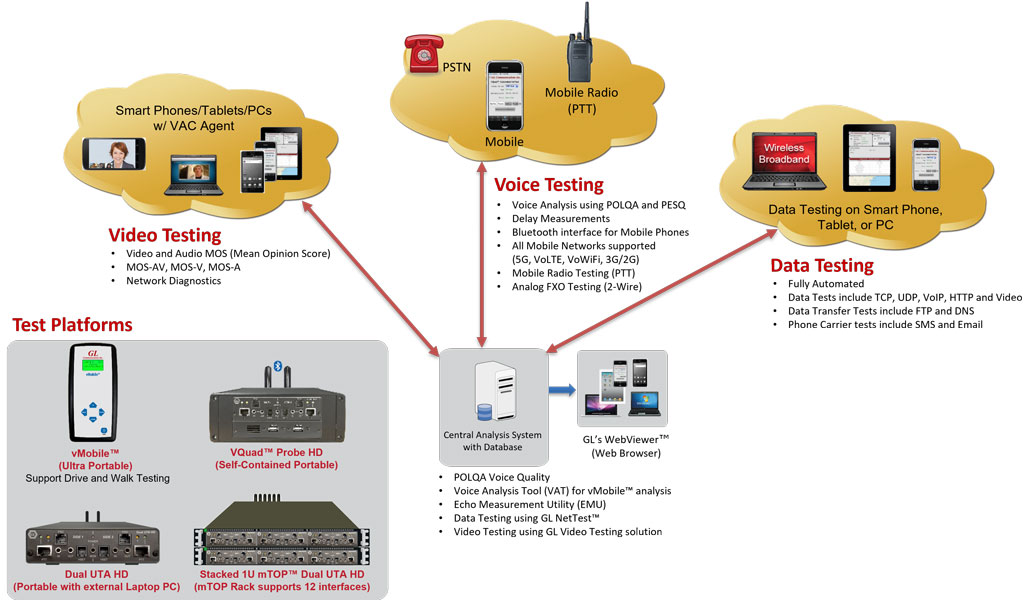
Weekly Roundup: Innovations in Coding and Education
In this week’s roundup, we explore exciting advancements in coding education, programming tools, and the growing collaboration between industry and academia. From community workshops that inspire young coders to new technologies streamlining testing processes, there’s a lot happening in the world of Python and beyond.
Learn GPU Programming With Simple Puzzles
Have you ever considered diving into GPU programming with CUDA but found most resources overwhelming? A recent initiative presents a series of increasingly difficult programming puzzles created by Sasha Rush that simplify this process. Notably, the use of the NUMBA python JIT compiler makes it easier to translate understandable code directly into GPU machine code.
Utilizing Google Colab as your programming environment allows seamless engagement with these puzzles, perfect for beginners. As you work on these tasks, you’ll gradually become familiar with CUDA principles, with a clear presentation of data processes. Each puzzle introduces essential concepts step-by-step, including visualizations of data inputs and outputs. Remember to pace yourself when watching instructional videos that reveal all the solutions at once!
 Engaging with GPU programming through puzzles can make learning enjoyable and effective.
Engaging with GPU programming through puzzles can make learning enjoyable and effective.
If you’re unsure why you should embark on this journey, check out a comprehensive guide to CUDA to understand its relevance. And if you’re curious about supporting non-NVIDIA hardware, SCALE has valuable resources. For those ready to take it a step further, consider exploring WebGPU once you’re comfortable with CUDA.
Moraga Library Makes Coding Accessible to Everyone
Community initiatives to promote coding literacy have seen significant strides, with the Moraga Library partnering with the eSTEAM Computer Science Club to provide free coding workshops over two weeks. Attendees experienced both Scratch and Python coding as part of this enriching program.
During the Scratch workshop, students were divided into beginner and advanced groups, with tenth graders leading the classes. Jayin Joshi, who taught the advanced class, emphasized the joy of watching students develop their game design projects. His counterpart, Brian Harrison, remarked on the rapid understanding his beginner students achieved. The final showcase left parents and organizers alike in awe of the students’ creativity and progress.
 Workshops like this foster a new generation of programmers.
Workshops like this foster a new generation of programmers.
The Python workshop, led by eighth grader Sara Harrison, faced challenges in curriculum design but ultimately proved rewarding as participants expressed their enjoyment and newfound skills. Each student received certificates and STEAM prizes, underscoring the program’s commitment to supporting underserved communities. Initiatives like these from eSTEAM are vital, offering free coding workshops and ongoing tutoring, showing that access to technology education is paramount.
Industry Seeks Students with Good Skill Sets Apart from Strong Basics
A recent discussion among industry experts highlighted the ongoing debate about balancing foundational education with the need for practical skills. M. Sesha Rao of the Hyderabad Software Enterprises Association emphasized that while fundamentals are crucial, skill education must also be integrated into academic programs. This perspective reflects the demand from industry for graduates who can adapt to rapidly changing technologies, including AI, cybersecurity, and cloud computing.
Balancing fundamentals with skills education is key to preparing students for industry needs.
As technology evolves, experts advise universities to remain flexible and collaborative with industry partners to ensure relevant topics are included in curricula. However, there are contrasting views that stress the necessity of strong foundational knowledge, arguing that it equips students to tackle diverse learning challenges in their careers.
GL Automates T1, E1, and Datacom Testing with Python Scripting Support
In a significant advancement in telecom test solutions, GL Communications recently highlighted their tProbe™ analyzer, now featuring Python scripting capabilities. This enhancement allows for the automation of complex and repetitive testing tasks, minimizing errors and saving time. CEO Vijay Kulkarni noted the versatility of the tProbe™, which supports multiple test traffic types and telecom protocols.
The addition of Python scripting empowers users to facilitate remote operations and control multiple tProbe™ devices seamlessly. This development underlines the intersection of Python programming with real-world applications, enhancing the efficiency of telecom testing processes.
 Automation in telecom testing enhances efficiency and accuracy.
Automation in telecom testing enhances efficiency and accuracy.
The tProbe™ platform exemplifies the integration of Python in telecom technologies, showcasing how programming skills are being demanded across industries. As Python continues to bridge gaps in technology, the importance of continuous learning and adaptation remains ever pivotal.
Conclusion
This week’s coverage underscores the vibrant growth within the programming and education sectors, driven by community involvement and technological innovation. Whether through workshops that inspire future coders or advancements in industry tools, there is a common theme of empowerment through knowledge and skills.
Stay tuned for more updates next week as we continue to explore the evolving landscape of technology and education.















